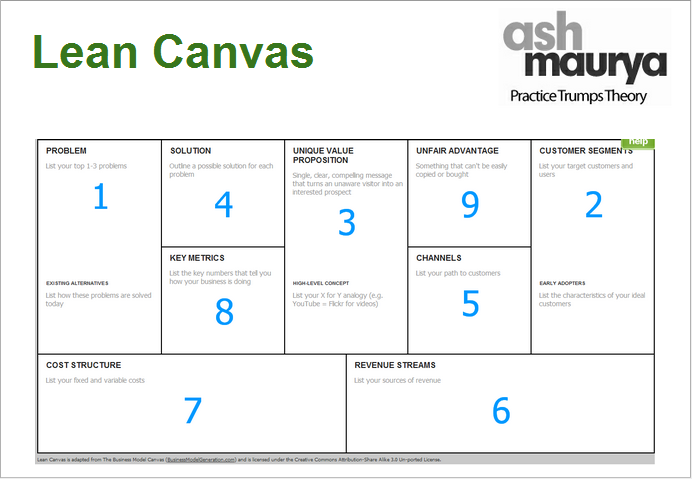The whats, the whys and the hows in benchmarking – It´s now simpler than ever!
by Katja Monikainen, May 6th 2023

Benchmarking, when done right, gives answers to questions such as “What is my competition doing?” , “Does it work?”, “How can I leverage that?” and “Does that offer opportunities for differentiation?”. Ultimately, benchmarking helps you to make successful decisions, to adopt best practices and it helps you to bypass the feeble ones. That is not the case, however, unless you first focus your efforts into defining what, how and with what metrics you should measure. That should be done first before you spill your work into blindly poking around.
Remember back in the pre-digital age when competitor benchmarking was harder than a rubik’s cube?
As a 90s kid, neither do I, really. Real-time benchmarking in the digital era is simpler than it’s ever been before. But what is the point of pouring your valuable resources to analysing competitors’ activities if your metrics are off, and the data gives no insights on how to keep continuously improving?
Benchmarking online advisory services
I have just finalized my Master´s thesis for University of Oulu at Solved. The title of the thesis, Benchmarking business models and sales processes of online advisory services pretty much sums both what I’ve been up to since March and what the study as a whole contains. Even though some benchmarking had obviously been done prior to my thesis, it was the first opportunity to comprehensively get inside the benchmark companies. I had the opportunity to detect industry trends, averages and best practices more thoroughly than ever before. The work was created to support the ongoing improvement process within Solved as well as maintaining its unique competitive edge by learning why the other companies are or are not successful.

What to benchmark?
Although I told you not too long ago to forget stumbling around in the dark, that is exactly how my study process initially started out – by getting to know the players in the field and their mechanics in general. Of course, being a total newbie in the field, I had a lot of homework to do before I could get my hands dirty. This also gave me time to figure out the metrics, i.e. how to turn the secret sauce of success into a set of measurable units. I eventually managed to pin down a decent set of said metrics, if I do say so myself, but it came with a learning: you need to sincerely understand what you are about to benchmark to be able to set your metrics straight. Following the poking in the dark analogy, a general level understanding is an ailing candle while a meticulous comprehension is a set of modern LED bulbs guiding you closer to the what you are benchmarking.
What to measure?
So, now I had a what but I was lacking the metrics, so let’s talk about strategy. In my case, the strategic goals, i.e. the theme of the thesis boiled down into scalability and sales processes, for which it was my job to pin down how they can be benchmarked. For sales processes the answer is simple: they can be benchmarked as such by observing competitor web pages, reading through the How it works and FAQ sections as well as signing up to the services and even making small purchases if possible. For scalability, however, more homework was required before I was able to confidently claim scalability is all about business models.

Defining metrics to measure business models.
What you might want to consider when outlining your benchmark study, is your company’s strategic goals. Is your company looking for ways to grow its business in China? Is it hoping to incorporate lean strategy to its operations? Or is it re-considering its product portfolio? What are the metrics that you could look into to learn why others have succeeded (or failed)?
In my case, thankfully, bright chaps such as Alexander Osterwalder and Ash Maurya had already gone to great lengths in studying business models and hence done most of the heavy lifting for me. Using Maurya’s lean canvas I was able to set the correct metrics to tell me what Solved was doing right and where we were still lacking in terms of its business model. Obviously, digging out the answers to each section of the canvas (see picture below) was not as easy, and required hours of studying and using the services as well as numerous interviews with people accustomed to use them. The learning at this point of the study:
You must be willing to dig in deep and sometimes go to frustrating lengths to find the answers you’re looking for, and there are no “achievement unlocked” notifications in sight.
I know this may sound disheartening but trust me, unless you wish to bite the figurative dust of your competitors, it is a must. Moreover, if you have laid out the groundwork carefully as I prompted above, you won’t end up wasting your resources at this stage (although you might gain a grey hair or two).

What you need to know by now is that benchmarking is always a tailored solution, one size never fits all. Also, benchmarking is a must for any company, and the ones not doing it are going to fall behind on their competition. That being said, de facto metrics and frameworkshave gained their position for a reason – there’s no need to reinvent the wheel but rather find the wheel that fits your vehicle. Above, I have briefly discussed my thesis on business models, sales processes and service design, but it is only a narrow glimpse. In case you got interested, want to learn more or don’t know where to start, worry no more, we are happy to help!
Contact us here!
Ida-Maaria Autio